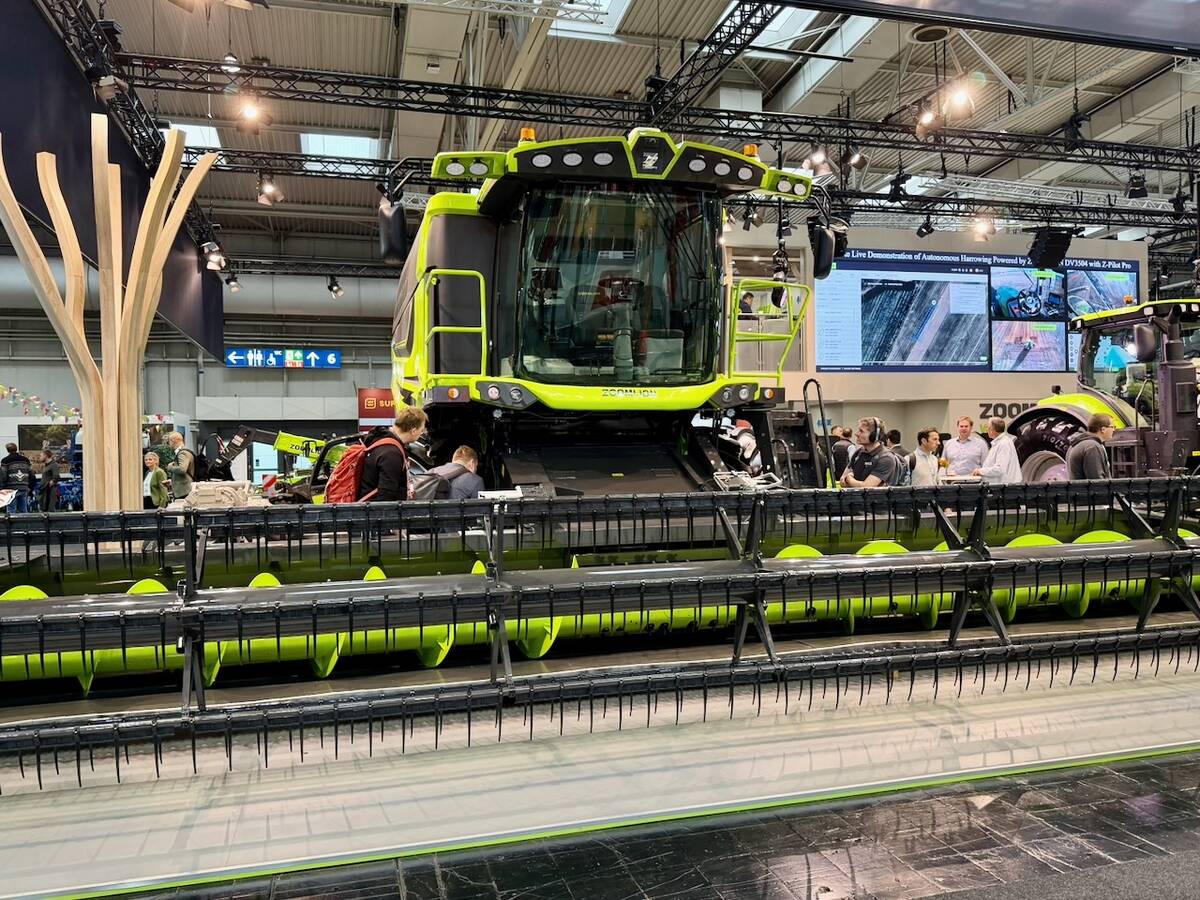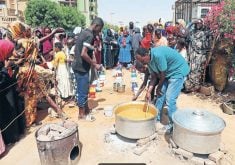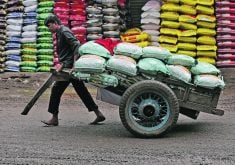Event evolves | A lengthy bull market has changed the tone at agricultural outlook conference
Canola is number one on the agenda.
Oats have dropped into the special crops category.
Futures exchanges are fighting for farmer and industry business.
And “good times” are assumed to be the norm in prairie agriculture.
Those are some of the features of this year’s Grain World conference, and it reveals both a conference and a prairie farming economy starkly different in tone from just a few years ago.
“I thought, ‘start it off strong, start it off with canola,’ ” said conference organizer John Duvenaud of Wild Oats.
Read Also

Agritechnica Day 3: Hybrid drive for a combine, data standards keep up to tech change and tractors of the year
Agritechnica 2025 Day 3: Hybrid drive for a combine, data standards keep up to tech change and tractors of the year.
“That’s the one people really care about.”
Grain World is Canada’s dominant agricultural outlook conference, a rough equivalent of the U.S. Department of Agriculture’s annual outlook conference. At one time it was run by the federal government but was then taken over by the CWB.
The board nurtured it for years, building it into a conference that drew hundreds of analysts, grain merchants and crop users from Canada, the United States and the rest of the world, as well as drawing farmers from across the Prairies.
It was always far more than a CWB grains conference, with non-CWB crops and livestock given time at the podium. However, CWB grains were always the focus, with the conference highlight always being the release of the coming year’s first Pool Return Outlook.
However, Grain World’s future became unclear when the federal government broke the CWB monopoly and the organization started its massive downsizing, which is when Duvenaud took it over.
Last year’s conference seemed a trip to Bizarro Grain World, with a couple of triumphant celebrations about the end of the CWB monopoly and a celebratory address by agriculture minister Gerry Ritz.
This year, the post-CWB situation is old news and the conference has moved on.
Few would disagree that putting canola at the top of the agenda re-flects most farmers’ ranking of the crop in terms of long-term profitability, while downgrading oats to special crop status also reveals a slipping of that crop.
One of the most stark differences of this conference from just a few years ago is its underlying theme, which Duvenaud describes as: “How long can the good times last?”
Before 2007, the notion that the prairie farm economy is experiencing good times would have seemed absurd to many in the agricultural industry, which had suffered years of financial failures.
But now, half a decade into a lasting crop bull market, few would challenge that the good times are here, and that the main concern of many is to figure out how long they are going to last.
















